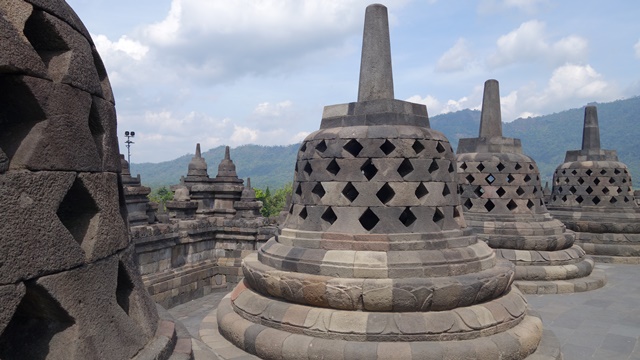Lusi mud eruption triggered by geometric focusing of seismic waves
Nature Geoscience | Letter Lusi mud eruption triggered by geometric focusing of seismic waves M. Lupi,1 E. H. Saenger,2 F. Fuchs1 S. A. Miller1 Affiliations Contributions Corresponding authors Journal name: Nature Geoscience Year published: (2013) DOI: doi:10.1038/ngeo1884 Received: 29 November 2012 Accepted: 10 June 2013 Published online: 21 July 2013
The Lusi mud eruption in Java, Indonesia, began in May 2006 and is ongoing. Two different triggers have been proposed. The eruption could have been triggered by drilling at a gas-exploration well, as evidenced by pressure variations typical of an internal blowout1, 2. Alternatively, fault slip associated with the M6.3 Yogyakarta earthquake two days before the eruption could have mobilized the mud3, as suggested by mixing of shallow and deeply derived fluids in the exhaling mud3, 4 and mud-vent alignment along a tectonic fault. Here we use numerical wave propagation experiments to show that a high-impedance and parabolic-shaped, high-velocity layer in the rock surrounding the site of the Lusi eruption could have reflected, amplified and focussed incoming seismic energy from the Yogyakarta earthquake. Our simulations show that energy concentrations in the mud layer would have been sufficient to liquefy the mud source, allowing fluidized mud and exsolved CO2 to be injected into and reactivate the Watukosek Fault. This fault connects hydraulically to a deep hydrothermal system that continues to feed the eruption. We conclude that the Lusi mud eruption was a natural occurrence. We also suggest that parabolic lithologies with varying acoustic impedance can focus and amplify incoming seismic energy and trigger a response in volcanic and hydrothermal systems that would have otherwise been unperturbed.







